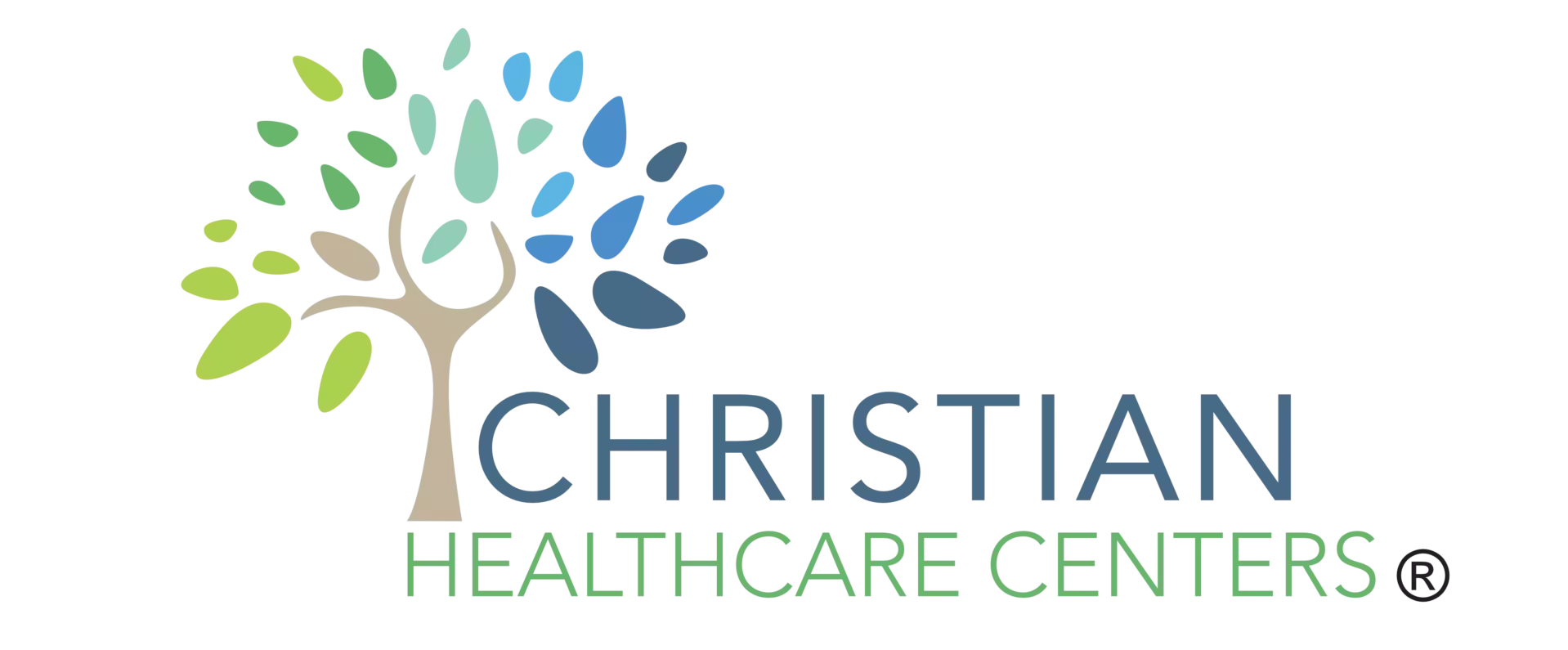Imagine a world where your doctor knows you inside out, even before you step foot into their office. Thanks to advancements in technology, this vision is becoming a reality.
From remote monitoring to artificial intelligence, technology is revolutionizing personalized direct primary care. But how exactly does it enhance the way you receive healthcare?
Well, let’s take a closer look at some of these technological innovations and discover how they are reshaping the future of healthcare delivery.
Remote Monitoring for Better Care
Remote monitoring technology allows healthcare providers to closely monitor your health conditions outside of traditional healthcare settings. This technology has revolutionized the way healthcare is delivered, especially in the context of home healthcare. With remote monitoring, you can now receive personalized care and stay engaged in your own health management.
In the comfort of your own home, remote monitoring technology enables healthcare providers to keep a close eye on your vital signs, such as heart rate, blood pressure, and blood glucose levels. By collecting this data in real-time, your healthcare team can detect any changes or abnormalities early on and intervene promptly. This not only ensures that you receive timely and appropriate care, but it also minimizes the need for unnecessary hospital visits or admissions.
Moreover, remote monitoring encourages patient engagement. With the ability to monitor your own health data, you become an active participant in your own care. You can track your progress, set goals, and make informed decisions about your lifestyle and treatment plans. This sense of empowerment and involvement fosters a stronger sense of belonging and ownership over your health.
Furthermore, remote monitoring technology promotes convenience and flexibility. Instead of having to travel to a clinic or hospital for routine check-ups, you can now have your health monitored from the comfort of your own home. This not only saves you time and energy but also reduces the risk of exposure to contagious illnesses in crowded healthcare settings.
Electronic Health Records for Seamless Communication
Using electronic health records allows for seamless communication between healthcare providers and enhances the coordination of patient care. With secure messaging and interoperability standards, healthcare teams can easily exchange information, ensuring that all providers involved in a patient’s care have access to the most up-to-date and accurate medical records.
Secure messaging is a crucial feature of electronic health records (EHRs) that enables healthcare professionals to communicate with each other in a safe and efficient manner. Through secure messaging platforms integrated into EHR systems, doctors, nurses, and other healthcare providers can securely share patient information, discuss treatment plans, and collaborate on patient care. This real-time communication eliminates the need for time-consuming phone calls or faxes, allowing for faster decision-making and improved patient outcomes.
Furthermore, interoperability standards play a vital role in enhancing the seamless communication facilitated by EHRs. These standards ensure that different healthcare systems and applications can exchange data seamlessly, regardless of the software or technology used. By adhering to interoperability standards, healthcare providers can easily share patient information with other providers, specialists, or hospitals, regardless of their location or the EHR system they use. This promotes continuity of care and reduces the risk of errors or duplications in medical records.
The use of electronic health records for seamless communication not only benefits healthcare providers but also empowers patients to be more actively involved in their own care. Patients can securely access their medical records, communicate with their healthcare team, and participate in shared decision-making. This increased transparency and engagement foster a sense of belonging and trust in the healthcare system, creating a stronger patient-provider relationship.
Telemedicine for Convenient Access to Healthcare
To further enhance the convenience and accessibility of healthcare, technology has revolutionized the way patients can receive medical care through the implementation of telemedicine. Telemedicine is the use of telecommunications technology to provide remote healthcare services, allowing patients to consult with healthcare professionals without the need for in-person visits. This innovative approach offers several advantages, making it an excellent option for individuals seeking convenient access to healthcare.
Here are four reasons why telemedicine is transforming the healthcare landscape and fostering a sense of belonging among patients like you:
Greater Accessibility: Telemedicine breaks down geographical barriers, allowing individuals in remote or underserved areas to access quality healthcare. No longer do you have to travel long distances or face transportation challenges to receive medical advice or treatment.
Time and Cost Savings: With telemedicine, you can save valuable time by eliminating the need to wait in crowded waiting rooms. Additionally, virtual consultations often cost less than traditional in-person visits, reducing the financial burden of healthcare.
Enhanced Convenience: Telemedicine offers the convenience of receiving medical care from the comfort of your own home. Whether it’s a minor ailment or a routine follow-up, you can connect with healthcare professionals through video calls or online messaging, saving you time and effort.
Continuity of Care: Telemedicine promotes continuity of care by enabling regular check-ups and follow-ups, even when you’re unable to visit a clinic. This ensures that your healthcare needs are consistently met, fostering a sense of belonging and security in the healthcare system.
Through telemedicine, technology has made healthcare more accessible, convenient, and cost-effective. Embrace the advantages of telemedicine and experience personalized care without the hassle of traditional healthcare visits. You belong to a healthcare system that puts your needs at the forefront, providing you with seamless access to medical care.
Wearable Devices for Real-Time Health Tracking
Wearable devices have revolutionized the way you can track your health in real-time. These devices, such as fitness trackers, smartwatches, and even smart clothing, provide you with the ability to monitor various aspects of your health and well-being, all at your fingertips.
One exciting development in wearable technology is the emergence of smart clothing for advanced health monitoring. These garments are equipped with sensors that can measure your heart rate, body temperature, and even your breathing patterns. The data collected by these sensors can be transmitted to your smartphone or other devices, allowing you to keep a close eye on your health throughout the day. This real-time tracking enables you to make informed decisions about your lifestyle and make necessary adjustments to maintain optimal health.
Another intriguing advancement in wearable technology is the development of implantable devices for continuous health tracking. These small devices can be implanted under your skin and provide continuous monitoring of vital signs, such as blood pressure and glucose levels. The information collected by these devices can be shared with your healthcare provider, allowing for more accurate and personalized treatment plans.
Artificial Intelligence for Accurate Diagnosis
With the advancements in wearable technology discussed, it’s now time to explore how artificial intelligence (AI) is revolutionizing accurate diagnosis in healthcare. AI-powered diagnosis, coupled with remote patient monitoring, is transforming the way diseases are detected and treated. Here are four ways AI is making a difference:
Early Detection: AI algorithms analyze vast amounts of patient data, including medical history, symptoms, and test results, to identify patterns and indicators of diseases. This enables healthcare providers to detect potential health issues at an early stage when intervention is most effective. By catching diseases early, AI helps improve treatment outcomes and saves lives.
Improved Accuracy: AI systems are designed to learn and adapt from vast datasets, allowing them to make more accurate and precise diagnoses. By comparing patient data to a vast pool of anonymized data, AI algorithms can identify rare diseases and provide accurate diagnoses that may have been missed by human doctors. This accuracy helps ensure patients receive the most appropriate treatment, reducing the risk of misdiagnosis and unnecessary interventions.
Efficient Triage: AI-powered diagnosis helps healthcare providers prioritize patients based on the severity of their condition. By analyzing symptoms and medical history, AI algorithms can categorize patients into different risk levels, allowing doctors to focus on those who require immediate attention. This efficient triage ensures that resources are allocated effectively, reducing waiting times and improving patient outcomes.
Personalized Treatment Plans: AI algorithms can analyze large amounts of patient data to generate personalized treatment plans based on individual characteristics and medical history. By considering various factors, such as genetic information, lifestyle choices, and response to previous treatments, AI can recommend tailored treatment options that are more likely to be effective. This personalized approach improves patient satisfaction and engagement, as they feel their unique needs are being addressed.
Mobile Apps for Personalized Healthcare Management
Mobile apps provide personalized healthcare management tools to track and monitor health and well-being. These apps empower users by giving them access to healthcare education and resources at their fingertips. With the increasing popularity of smartphone usage, mobile apps have become an integral part of daily life and play a significant role in improving patient engagement and healthcare outcomes.
One key benefit of mobile apps for personalized healthcare management is accessing healthcare education. These apps provide valuable information about various health conditions, symptoms, and treatments. Users can learn about preventive measures, lifestyle changes, and self-care techniques to effectively manage their health. By educating themselves through these apps, users become active participants in their healthcare journey, making informed decisions and taking control of their well-being.
In addition, mobile apps enhance patient engagement by enabling active monitoring and tracking of health. Users can input vital signs, track exercise routines, and record dietary intake. These apps often include features such as medication reminders, appointment scheduling, and access to telemedicine services. By providing personalized reminders and alerts, these apps help users stay on track with their healthcare goals and ensure they never miss important appointments or medication doses.
Virtual Reality for Pain Management and Rehabilitation
To further enhance your personalized healthcare experience, technology now offers a unique solution for pain management and rehabilitation: virtual reality. Virtual reality (VR) has proven to be an effective tool in various aspects of healthcare, including mental health and training. Here are four reasons why virtual reality is revolutionizing pain management and rehabilitation:
Immersive Distraction:
Virtual reality provides an immersive experience that can distract your mind from the pain or discomfort you may be experiencing. By transporting you to a different environment, VR allows you to focus on something other than your physical sensations, providing a sense of relief and relaxation.Enhanced Rehabilitation:
VR can be used to simulate real-life situations and movements, making it a valuable tool for rehabilitation. Whether you’re recovering from a surgery or managing a chronic condition, virtual reality can help you practice movements and exercises in a safe and controlled environment, promoting faster and more effective recovery.Emotional Support:
Dealing with pain and rehabilitation can take a toll on your mental health. Virtual reality for mental health offers a way to escape from the stress and anxiety that often accompanies physical challenges. By immersing yourself in calming and soothing virtual environments, you can find solace and emotional support during your healing journey.Enhanced Training:
Virtual reality for training allows healthcare professionals to simulate complex medical procedures and scenarios. By providing a realistic and interactive environment, VR training can improve the skills and knowledge of healthcare providers, ensuring better care and outcomes for patients like you.
With virtual reality, pain management and rehabilitation have become more personalized and engaging. By harnessing the power of technology, you can embark on a healing journey that isn’t only effective but also emotionally fulfilling. Join the growing community of individuals who are embracing virtual reality for a more holistic approach to healthcare.
Data Analytics for Improved Patient Outcomes
Data analytics plays a crucial role in improving patient outcomes by providing valuable insights and information for healthcare professionals. By analyzing large amounts of data, healthcare providers can identify patterns, trends, and risk factors that may affect patient health. This allows them to make more informed decisions and deliver personalized care that addresses individual needs.
One of the key benefits of data analytics in healthcare is its ability to predict future outcomes. Through predictive modeling, healthcare professionals can anticipate potential health issues and intervene before they become severe. For example, by analyzing a patient’s medical history, lifestyle factors, and genetic information, predictive models can identify individuals who are at a higher risk for developing certain conditions such as diabetes or cardiovascular disease. This allows healthcare providers to implement preventive measures and tailor treatment plans to mitigate these risks.
However, it’s crucial to ensure data privacy when using data analytics in healthcare. Patient information is highly sensitive, and strict security measures must be in place to protect it from unauthorized access. Healthcare providers must comply with data privacy regulations and implement robust encryption and authentication protocols to safeguard patient data.
Wrap-Up
You have seen how technology is revolutionizing personalized direct primary care. With remote monitoring, electronic health records, telemedicine, wearable devices, artificial intelligence, mobile apps, virtual reality, and data analytics, healthcare is becoming more accessible, convenient, and efficient.
These advancements aren’t just theories but proven solutions that enhance patient outcomes and improve the overall healthcare experience. Embrace the power of technology to transform your healthcare journey.


